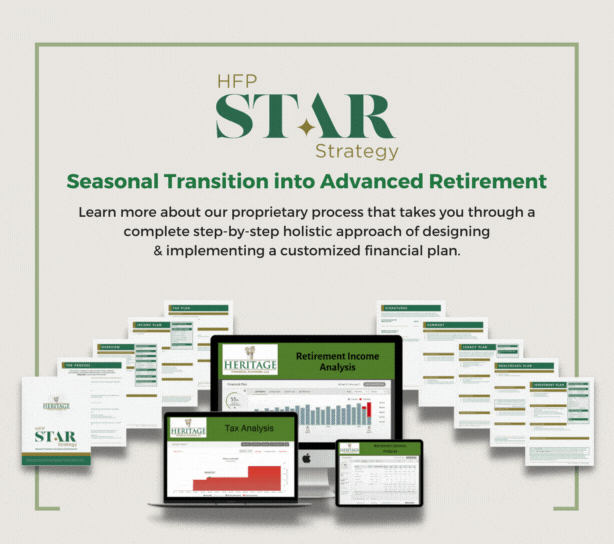Where will you get income in retirement? Many people think it’s as easy as cashing in the investments accumulated during their working life but even if you have a lot of money saved, cashing in will not always work. You need to have an income plan. The notion that you can withdraw a fixed amount every month carries a lot of risk.
For example, two brothers, three years apart in age, both retire when they turn 62. Both have exactly $1 million in assets in the exact same investments. They each withdraw 5% or $50,000, adjusted for cost of living, each year, and live 30 years. This story ends happily for the older brother who left behind a large estate, but unfortunately, not for the younger brother who ran out of money at 84. How can this happen?
The older brother had positive returns during the first couple of years in retirement, while the younger brother had losses. The older brother’s first two years’ gains were good enough to bolster him against the later downturns. The younger one had no such cushion. It could have been the opposite, as both left their retirement in the hands of the stock market’s whims. Their withdrawal strategy was a version of dollar-cost averaging, which is done to accumulate assets during your working years. This involves purchasing a constant dollar amount of stock on a regular basis. It allows you to take advantage of the ups and the downs of the market, smoothing out the cost curve. Withdrawing on autopilot like the brothers both did is dangerous. It risks dollar price erosion, the evil twin of dollar-cost averaging.
When an investment is up, there’s no problem. You sell and reap the rewards. But if an investment is down when you sell, the loss is magnified. Between 1970 and 1999 the Standard & Poor’s 500 stock index’s average annual return was 13.66%. If you were retired during that three-decade span, it appears you could withdraw $136,000 each year without running out of money. That’s true if the market moved in a straight line, known as a linear return sequence. Unfortunately, when we factor in the market volatility that occurred then, an investor who withdrew $100,000 annually was left with just $119,111 after 15 years. Not much to live on. Given a yearly return of 13.66% over 15 years under a linear return sequence, the ending balance was $1,025,586. This is why income planning is so important.
There are many strategies for income planning, including a defined withdrawal strategy, purpose-based investing, or a sequential income portfolio. Each income strategy has its positives and negatives. Which alternative is right for you depends on how much income you require, your total assets, and many other factors.
Here at Heritage Financial Planning, we understand the importance of providing income in all markets without jeopardizing your retirement plan. Our STAR process walks you through every step those nearing retirement or already in retirement need to consider and prepare for in order to safeguard their financial future.
Get your custom-designed S.T.A.R. Strategy Plan now! Give us a call at our office at (574) 606-4406.
 Click here to learn more about our HFP STAR Strategy process.
Click here to learn more about our HFP STAR Strategy process.
You’ve worked so hard to get you where you are today, and with all the changes taking place in our world these days, let your next step be your best step in preparing for the rest of your financial life. Get your custom-designed S.T.A.R. Strategy Plan now!
Source:
Copyright © 2022 AdviceIQ. All rights reserved. Distributed by Financial Media Exchange.












